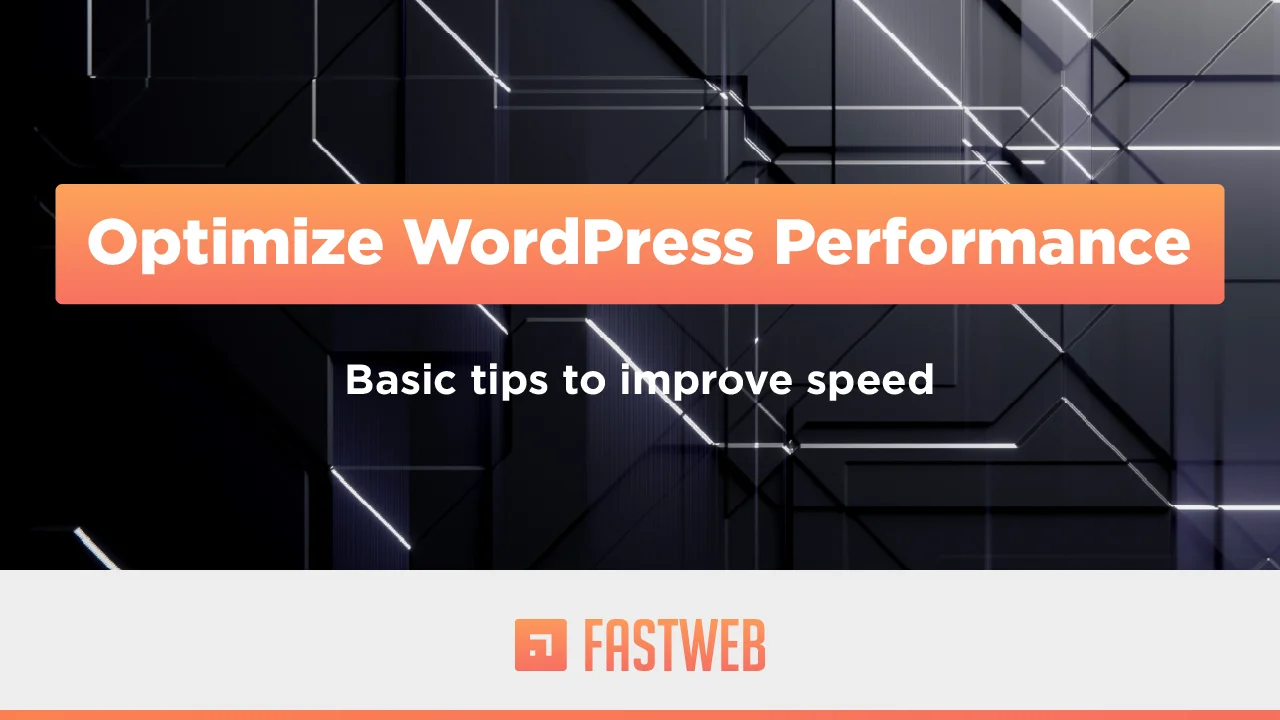If you want a faster, smoother WordPress site, here are the key strategies to improve performance and reduce load times.
Keep Everything Fully Updated
In our experience, updates are the first and most important step before optimizing any site. It’s common to find websites running outdated plugins or themes, which can not only slow things down but also create serious security risks. Our top priority for keeping any WordPress site fast and secure is ensuring that WordPress itself, all plugins, and the theme are fully up to date — always.
Fewer Plugins, Better Performance
With over 60,000 plugins available, WordPress offers incredible flexibility. However, using too many plugins can strain your site’s resources — not necessarily because of hosting limitations, but simply due to plugin overload.
Before digging into the performance impact of individual plugins, do a quick audit: make sure every active plugin serves a necessary, unique function. If two plugins overlap in functionality, deactivate or remove one.
Use WordPress Site Health Tool
WordPress includes a built-in Site Health tool (found under Tools > Site Health) that can alert you to potential issues, including recommended PHP settings for your hosting environment.
It’s an easy way to identify technical adjustments that could improve both speed and security.
Keep PHP Updated
We recommend using at least PHP version 8.0, and if possible, checking whether your plugins and theme are compatible with PHP 8.2. Our PHP configuration guide explains how to upgrade PHP versions and tweak settings if needed.
If any plugin or theme doesn’t support PHP 8.0, it’s worth considering an alternative — PHP 7.4 has been officially unsupported since November 28, 2022.
The Query Monitor plugin is a great tool for spotting PHP errors. If you see “deprecated” warnings, that means the plugin or theme is using outdated code that could stop working in future PHP versions.
In our experience:
- Most well-maintained sites are already compatible with PHP 8.1.
- The best-optimized sites support PHP 8.2 — which we recommend as the ideal version.
- Very few currently support PHP 8.3 or higher.
Remove PHP Settings from .htaccess
While .htaccess can be used to configure PHP settings, doing so forces PHP to read the file on every request — slightly slowing things down.
To streamline performance, we recommend using CloudLinux’s PHP Selector (available in cPanel) to manage PHP settings directly, without touching .htaccess.
We suggest cleaning up your .htaccess file by removing any custom PHP configurations. Leave only the default WordPress entries and, if applicable, LiteSpeed Cache settings — but no PHP directives.

